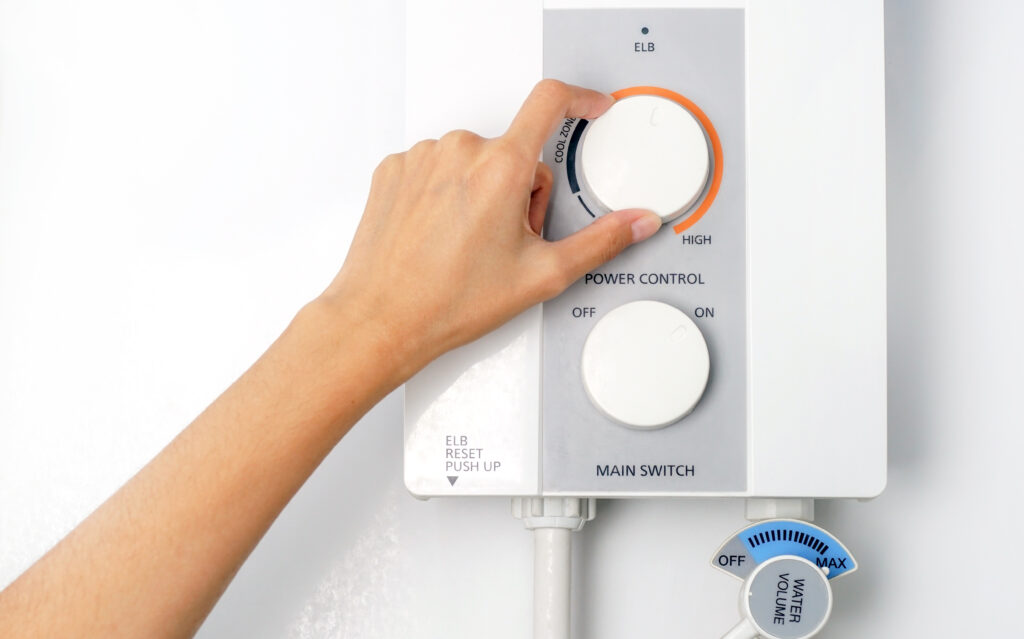Understanding Tank and Tankless Water Heaters: What Every Homeowner Should Know
Hot water is one of those overlooked luxuries—until your water heater breaks down. Suddenly, mornings are colder, laundry is tougher, and dishes take way more elbow grease. Whether you’re dealing with a busted heater or planning an upgrade, understanding your options is key. Two main types dominate the market: traditional tank water heaters and modern tankless systems. But what’s the difference, really? And which one is right for your home, your lifestyle, and—let’s be real—your wallet? Let’s walk through it in simple terms. I may stop mid-thought to sip coffee but bear with me, this is all going somewhere helpful.
Tank vs. Tankless: What Are We Actually Talking About?
At the most basic level, traditional tank water heaters store and heat a large quantity of water—usually 30 to 80 gallons—in a tank. When you turn on the hot water tap, it pulls from that reservoir. Easy enough. But once the tank empties, you have to wait for it to refill and reheat. Remember that annoying lag between showers? That’s why.
Tankless water heaters, also called on-demand heaters, skip the storage step entirely. They heat water instantly as it flows through the system, giving you a potentially endless supply—as long as the unit can keep up with your demand. Smaller house? You’re golden. Multiple people showering while the dishwasher’s running? You might need more than one unit.
How They Work (Without Getting Too Technical)
Tank models heat water continuously, whether you’re using it or not. That means energy is constantly being used to maintain the water’s temperature. It’s kind of like leaving your oven on just in case you get hungry later. If that sounds inefficient, well… it kind of is—but they’ve been the standard for decades, mostly because they’re simple and relatively cheap upfront.
Tankless systems, on the other hand, fire up only when you demand hot water. Sensors detect flow, ignite a burner, and heat water as it passes through a heat exchanger. Everything shuts off when the tap does. It’s a nice little dance of thermodynamics that doesn’t waste energy when not in use. And it’s ideal for folks wanting better energy efficiency.
Advantages of Tank Water Heaters
Let’s state the obvious: tank units have a lower upfront cost. Installation is straightforward, especially if you’re replacing an old tank with a similar model. Parts and labor are cheaper. And if you’re in a region with inexpensive electricity or gas, the operating costs don’t hurt as badly.
Also, tank units can handle high-volume scenarios more dependably than you’d think. You have 50 gallons of hot water sitting there, ready to go. If you’re juggling multiple tasks around the house that demand hot water—including that one glaring kid who takes 25-minute showers—having some storage isn’t the worst thing.
Maintenance? It’s not zero, but it’s predictable. Flushing it every year helps reduce sediment buildup. Anode rod replacement? Check. You can likely get 8 to 12 years out of a good one—which, hey, feels like a decent run.
What Makes Tankless Units Shine
Tankless systems excel in efficiency. They don’t keep reheating water all day. That means lower utility bills in the long run, especially in homes that don’t use a huge amount of water daily. And because there’s no tank to rust out or corrode, they tend to last longer—often 15 to 20 years with proper maintenance. That’s an impressive stretch of performance.
The other big plus is space. Tankless units are compact, wall-mounted, and unobtrusive. They’re the wallflowers of utility closets—quietly effective without taking up your floor real estate.
Bonus: if you ever find yourself elbow-deep in a baby bathtub while the washing machine is doing its thing, a well-sized tankless system can keep the water flowing. No more “wait an hour to shower” nonsense.
Potential Drawbacks to Know Ahead of Time
Of course, neither option is flawless. Tank systems lose out on efficiency. They’re bulky, and oh boy, when they burst—it’s not pretty. You’re talking major leakage and potential water damage if you’re not around to catch it fast.
Tankless units, while stylishly sleek and energy-smart, have their own learning curve. Installation costs are higher, and sometimes you need electrical upgrades or additional gas lines. If your demand is high (multiple showers running at once), you may need more than one unit, which can add up quickly.
Also—and I cannot stress this enough—not all plumbers are familiar with servicing them. If you’re in a rural area, definitely double-check local repair availability before investing.
Useful Tips for Choosing the Right Water Heater
Okay, quick reality check. When choosing between a traditional tank and a shiny tankless model, consider three things: your current setup, your household’s water habits, and your budget. If you’re working with a tight upfront amount and your old tank just gave out, go with another tank model—it’s faster and cheaper to install. But if you’re thinking long-term, want to reduce your energy use, and are already opening some walls for renovations, tankless might be your path.
Also, water heaters aren’t eternal. They will fail. Eventually. And that’s where being protected pays off. Home warranty providers like Armadillo can cushion the blow. You pay a low monthly cost, and when your hot water goes out, they handle the repair or replacement. No sweaty nights frantically googling “leaking water heater near me” at 2AM.
Protecting Your Hot Water Investment with Armadillo
Whether you go tank or tankless (and hey, no judgment either way), having a home warranty means you’re never flying solo when things break. That unexpected $1,200 water heater replacement? Covered. That frustrating downtime during repairs? Reduced. Armadillo is redefining home warranty with smart, simple plans that actually make sense—and yes, even cover your water heater. If you want a modern solution for the stuff that breaks in every home, visit the Armadillo homepage to learn more. Ready to protect your home right now? Start building your plan with just your ZIP code at this link.


























